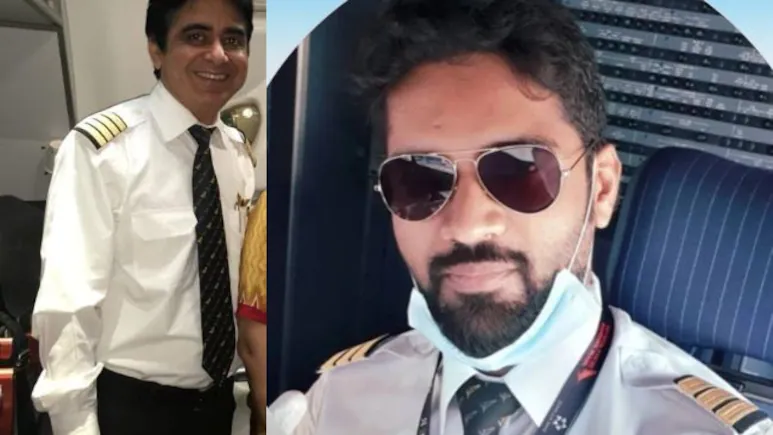One month after the devastating crash of an Air India Dreamliner in Ahmedabad, a preliminary investigation report reveals a chilling exchange between the pilots just moments before disaster struck. According to the Aircraft Accident Investigation Bureau (AAIB), the engines’ fuel control switches on the Boeing 787-8 aircraft moved from ‘RUN’ to ‘CUTOFF’ seconds after takeoff, cutting off the fuel supply mid-flight—possibly triggering the chain of events that led to the deaths of at least 270 people.
Cockpit voice recordings captured a brief but critical moment. “Why did you cut off?” one pilot asked the other. “I didn’t,” came the stunned reply. The aircraft, bound for London and fully loaded with fuel, lifted off the runway but was airborne for just 32 seconds before losing altitude and crashing into a nearby hostel for medical students. All but one of the 242 passengers and crew were killed, along with approximately 30 people on the ground.
Data from the Enhanced Airborne Flight Recorder (EAFR) indicates the pilots attempted to revert the switches from ‘CUTOFF’ back to ‘RUN,’ triggering the aircraft’s Full Authority Digital Engine Control (FADEC) system in a last-ditch effort to relight the engines. One engine showed partial recovery, but the second never restarted. Seconds later, the recording ceased and a MAYDAY call was transmitted—but no further communication followed before impact.
The report notes there was no immediate evidence of sabotage, but it references a known FAA advisory regarding a potential flaw in the fuel switch system. The aircraft’s Ram Air Turbine (RAT), designed to provide emergency power in the event of total engine or hydraulic failure, was deployed shortly after takeoff—corroborated by CCTV footage from the airport.
The aircraft was being flown by Captain Sumeet Sabharwal, a Line Training Captain with over 8,000 flight hours, and First Officer Clive Kundar, who had logged 1,100 hours. Both were deemed medically fit, rested, and properly qualified.
Despite the experience of the crew and the plane’s capability to take off with just one functional engine, the incident unfolded too quickly. With no significant bird activity reported near the runway and no signs of external interference, investigators are focusing on potential mechanical issues, including human-machine interface flaws.
This marks one of the worst aviation disasters in India in decades, and the final report is expected to delve deeper into whether a technical glitch, human error, or a combination of both sealed the fate of the ill-fated flight.

